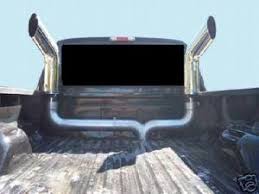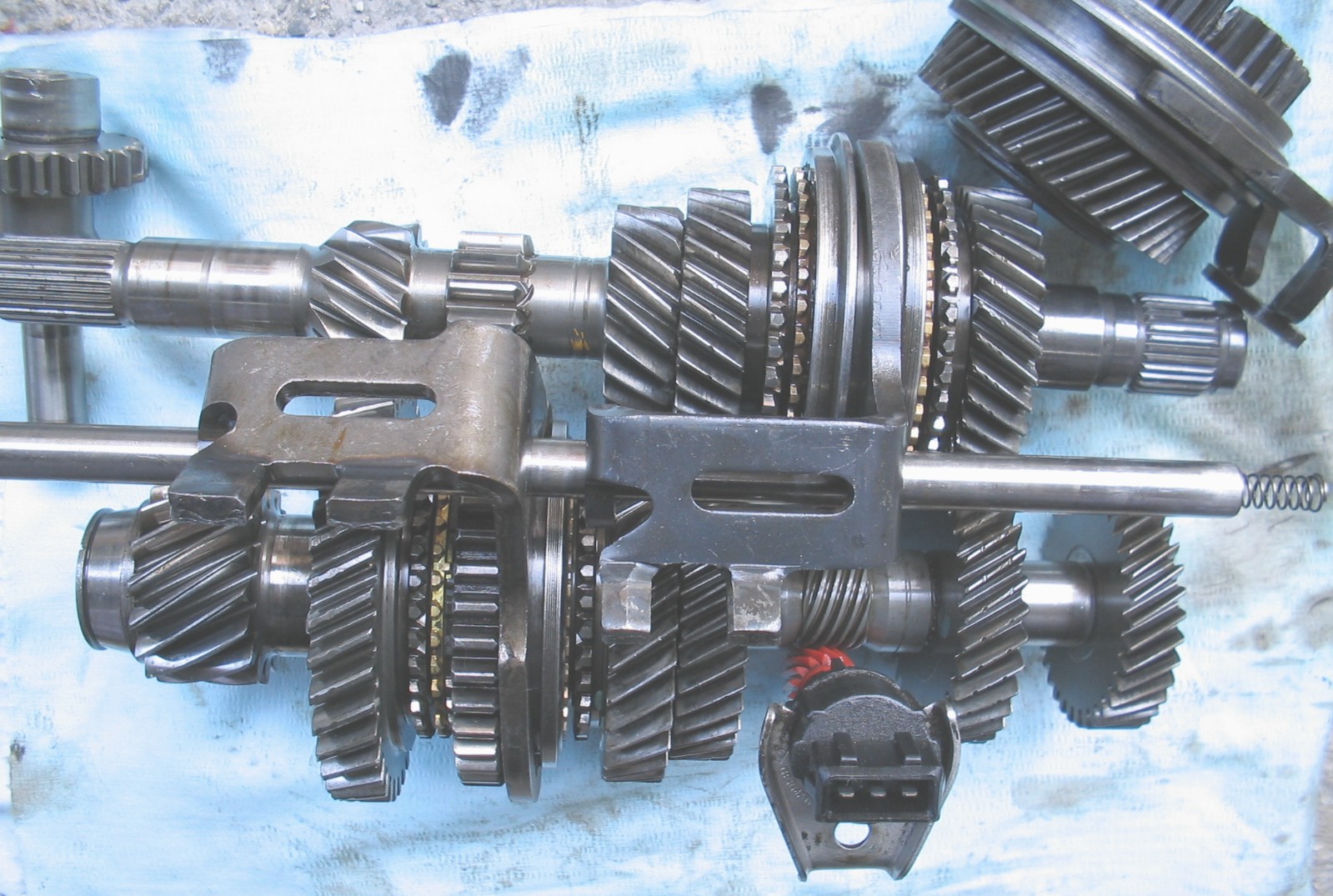The first step is two bore a hole in the bed that is directly strait from the exhaust pipe. Then you need to remove the original exhaust pipes, leaving a little pipe from the muffler. The third step is to weld the flex pipe to the cut end of the pipe that comes from the muffler, and clamp the flex pipe to the pipe coming from the muffler with a stack clamp, for extra durability.The second step is to weld and clamp a 90 degree elbow pipe. Then you weld and clamp a strait pipe to the elbow pipe and screw a bracket to the truck bed and clamp the the bracket to the strait pipe at the bottom and top, this is for a single stack. Lastly you weld the stack tip on top of the strait pipe. The stack goes from the original exhaust diameter to the stack diameter. If you are doing dual stacks there would be a pipe that looks like two 90 degree elbow pipes where fused together. Of course the pipe would be clamped and welded. Then you would need to clamp and weld a strait pipe to the pipe that looks like two elbow pipes were fused together. Also you would screw a bracket into the truck bed, and clamp the bracket to the strait pipe. Then on both sides elbow pipes would be welded and then at the top of the pipe it would clamped to the bracket you just screwed into the truck bed. Lastly weld on the stack tips. Like I said before the stack has the original exhaust diameter at the bottom and expands to the stack diameter. Sometimes you can pay extra extra to put in a internal stack muffler to reduce noise levels. One interesting fact about smokestacks is they slightly increase fuel economy, because the heat exits faster than with the original exhaust pipe which allows to save fuel since it is not having to be cooled down as much.

Single Stack\

Dual Stacks

Quad stacks for people wanting to go the extra mile, same concept as installing dual stacks, but there is a 90 degree elbow the has two openings

Hood stack, another way of adding stacks


